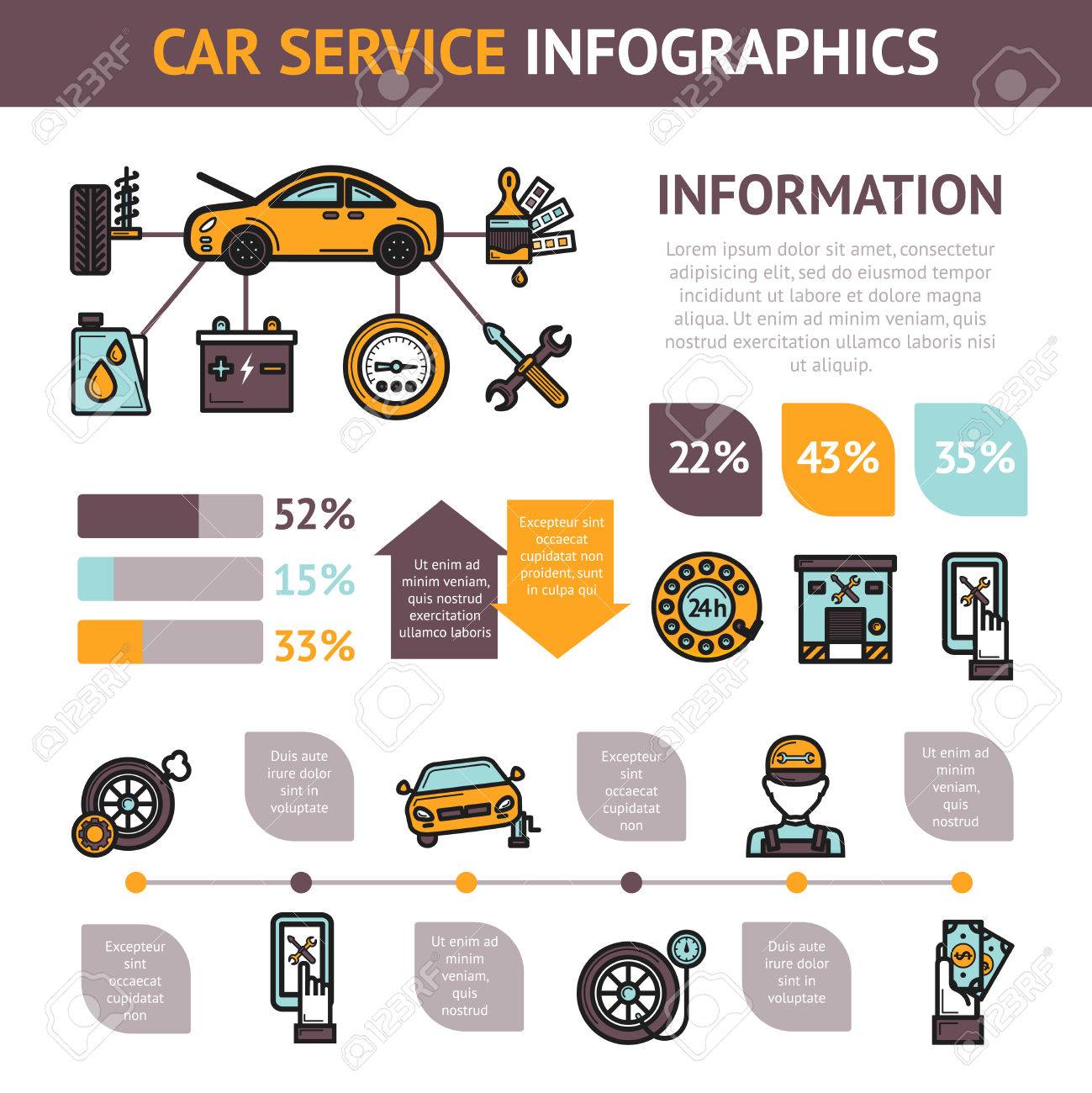Checking Out Brake Equipments: Typical Troubles And Practical Solutions For Repair Service
Checking Out Brake Equipments: Typical Troubles And Practical Solutions For Repair Service
Blog Article
Personnel Writer-McGrath Brooks
When it involves your vehicle's brake system, understanding usual concerns can conserve you from potential safety and security hazards. From recognizing brake pad wear to dealing with brake fluid leakages, knowing just how to deal with these problems is vital. However what concerning those mushy brake pedals? There's a repair for that also. Keep tuned to read more concerning these problems and the useful remedies that can maintain you securely when traveling.
Brake Pad Wear and Replacement
When it involves keeping your automobile's brake system, one essential facet to keep an eye on is the wear and substitute of brake pads. Brake pads are necessary elements that press against the brake rotors to slow down or stop your vehicle. Gradually, these pads wear down as a result of rubbing, needing routine evaluation and replacement to ensure your brakes operate successfully.
To figure out if your brake pads require replacement, pay attention for screeching or grinding noises when you apply the brakes. Additionally, if your automobile takes longer to quit or you see vibrations or pulsations when stopping, it may be time to change the brake pads.
Neglecting used brake pads can result in lowered stopping efficiency, damages to other brake components, or perhaps brake failure.
Replacing brake pads is a relatively straightforward procedure for numerous cars. However, if you're unsure or uneasy doing this task, it's finest to seek advice from an expert mechanic to make sure appropriate installment and optimum brake performance.
On a regular basis inspecting and replacing brake pads is important for your security and the durability of your lorry's stopping system.
Brake Liquid Leaks and Maintenance
To guarantee your lorry's brake system works ideally, it is necessary to likewise take notice of brake liquid leakages and maintenance. Brake liquid is critical for sending the force from your foot on the brake pedal to the real braking device. you can try here with brake fluid is leakages, which can take place due to deteriorated brake lines, seals, or connections. If you observe a pool or trickles under your automobile, it's essential to deal with the leakage immediately to stop a prospective brake failure.
Regularly inspecting https://oilchangedealsnearme84951.blogproducer.com/37852887/discover-the-essential-activities-to-take-in-order-to-discover-the-best-car-service-center-that-will-enhance-your-car-s-life-expectancy-and-functionality is crucial to preserving your brake system. Reduced brake fluid can lead to air entering the brake lines, which endangers braking efficiency.
Furthermore, old or infected brake fluid can influence the overall effectiveness of your brakes. It's recommended to adhere to the manufacturer's guidelines on when to change the brake fluid, generally every 2 years.
Spongy Brake Pedal: Blood Loss Brakes
If you've ever before experienced a mushy brake pedal while driving, you understand the significance of preserving a company and responsive stopping system. One common reason for a squishy brake pedal is air caught in the brake lines. When air goes into the brake system, it can result in a loss of hydraulic stress, resulting in that disturbing mushy sensation when you press the brake pedal.
To fix https://www.azfamily.com/2022/07/25/your-side-podcast-reason-spam-texts-are-increasing/ , hemorrhaging the brakes is needed. Hemorrhaging the brakes involves eliminating the air from the brake lines to restore appropriate hydraulic pressure.
To hemorrhage the brakes, you'll need an assistant to assist you. Begin by situating the brake bleeder shutoff on each wheel, usually discovered near the brake caliper. With a wrench, loosen up the valve and have your assistant press the brake pedal while you observe any air bubbles appearing. Repeat this procedure for each wheel, beginning with the wheel farthest from the master cyndrical tube and moving closer.
Once you no more see air bubbles and only clear liquid emerges, tighten the shutoff and top up the brake liquid reservoir as needed. Bleeding the brakes assists ensure a firm brake pedal and boosts total stopping efficiency.
Conclusion
Since you comprehend typical brake concerns and exactly how to fix them, you can guarantee your car's safety and security and performance. Keep in mind to pay attention for warning signs like shrilling noises or squishy brake pedals, and address them without delay. Regular maintenance and timely replacements are vital to keeping your brakes in leading problem. Stay proactive and conscientious to your brake system to enjoy secure and trusted driving experiences.
